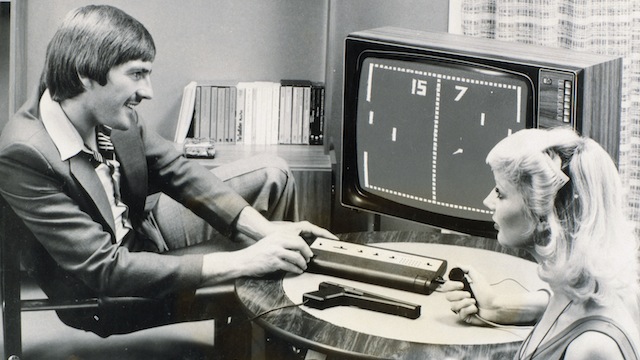It’s difficult to believe that it’s already been a few years since Disney acquired Lucasfilm for $4 billion. The acquisition was about the biggest news one could possibly dream up for the entertainment industry and was quickly followed by the promise of a new Star Wars trilogy. It was an incredibly exciting development considering many fans of the iconic sci-fi franchise have clamored for a final trilogy for years. And once it was ultimately announced that widely respected director J.J. Abrams (who incidentally directed the recent reboot of Star Trek extremely successfully) was working on it, general excitement turned into eager anticipation.
The new trilogy is set to kick off later this year when Star Wars: The Force Awakens hits theaters as Episode VII of the saga. This is sure to become the biggest story in all of entertainment as the year goes on, but the truth is that the upcoming film is far from the only significant development since Disney officially took over Lucasfilm.
Perhaps most exciting for fans is the progress being made toward spin-off movies. Episode VII (and the VIII and IX to follow) is going to be the biggest and most important project in a new era of Star Wars. Yet, almost as soon as Disney gained control of the creative rights, there have been rumors of various side projects that will accompany the main saga. These rumors are ongoing, but throughout 2015 we’ve seen tangible progress made toward one in particular: Rogue One: A Star Wars Story is due out in 2016. Recently, the first cast photos were released, featuring the likes of Felicity Jones and Mads Mikkelsen, among other noteworthy actors. The film will tell the story of how a rebel squadron initially sought to steal plans for the Death Star.
But the introduction of new films isn’t the only way in which Disney has already asserted its firm control over the George Lucas empire. In fact, one of its first major moves actually resulted in less Star Wars-related entertainment for the public to enjoy. Following the purchase of Lucasfilm in 2012, Disney controlled various Star Wars-themed slot machines and casino games, which alongside those related to Marvel characters were popular among fans. However, in an effort to uphold its principles of providing family-friendly entertainment, Disney removed these machines from U.S. casinos in 2013, only about a year after the acquisition.
The decision drew the ire of some in the casino community, particularly Las Vegas Sands owner Michael A. Leven. He’s quoted in the aforementioned Guardian article as saying Disney’s opposition to resort expansion (with gaming integration) in Florida “demeans them significantly.” Leven’s opposition to Disney’s withdrawal from the casino industry makes perfect sense given that his casinos often rely upon diverse slot offerings for the bulk of their activity. The Venetian Palazzo, one of the Sands group’s most famous properties in Vegas, offers thousands of slot machines in a single venue, specifically arranged in a way that keeps gaming varied and entertaining. Losing popular licenses like those of Marvel and Star Wars characters naturally takes away from the variety in such slot machine banks.
Property owners aside, the decision was also a disappointment to a lot of fans; but a more recent decision made by Disney will further its Star Wars entertainment empire in a way that no casino game ever could have. In fact, the company might have just made a move that could be even more financially lucrative than carrying on the film saga. News broke earlier this month that Disney will actually be creating “Star Wars Lands” to add to its existing theme parks. Not unlike the introduction of the Wizarding World Of Harry Potter to Universal Studios several years ago, these new parks will invite droves of fans from all over the world as they bring George Lucas’s fiction to life in a way never before attempted.
It’s really starting to feel like there’s an exciting new Star Wars announcement coming out of Disney every month or so. One thing’s certain: the biggest name in entertainment is in full control of our favorite galaxy far, far away.


